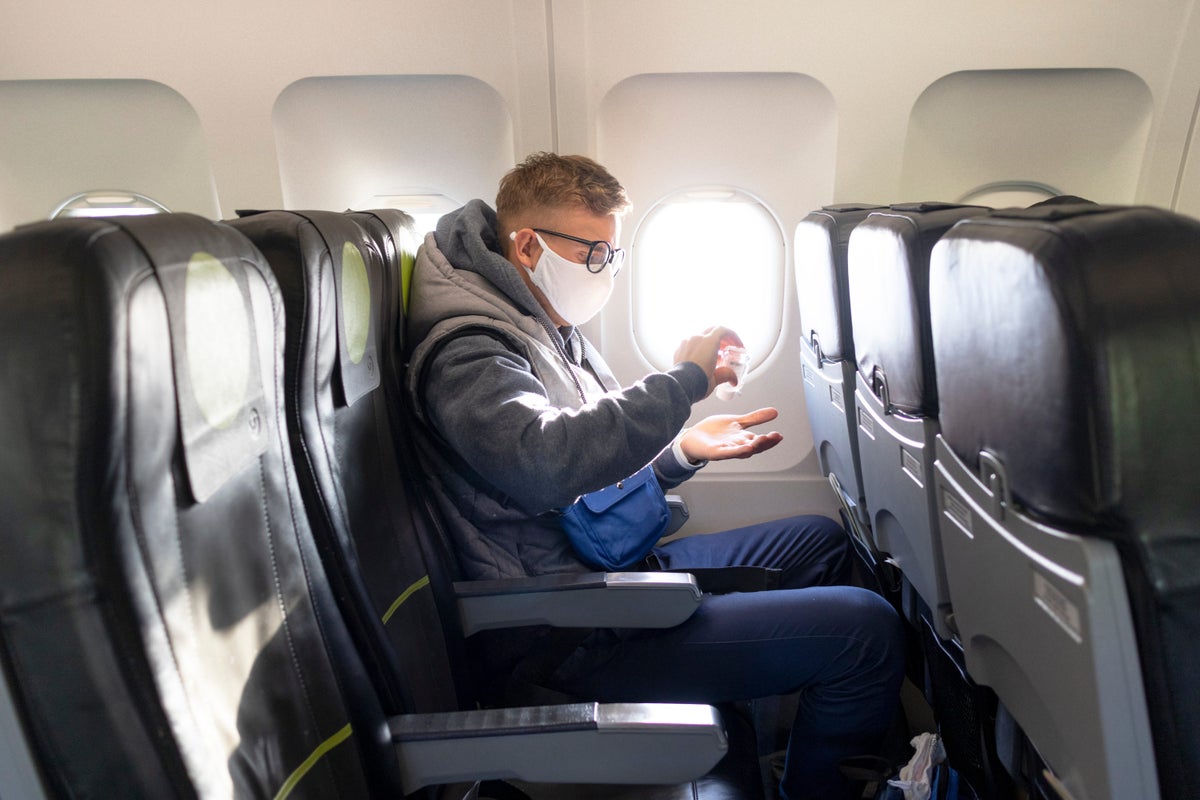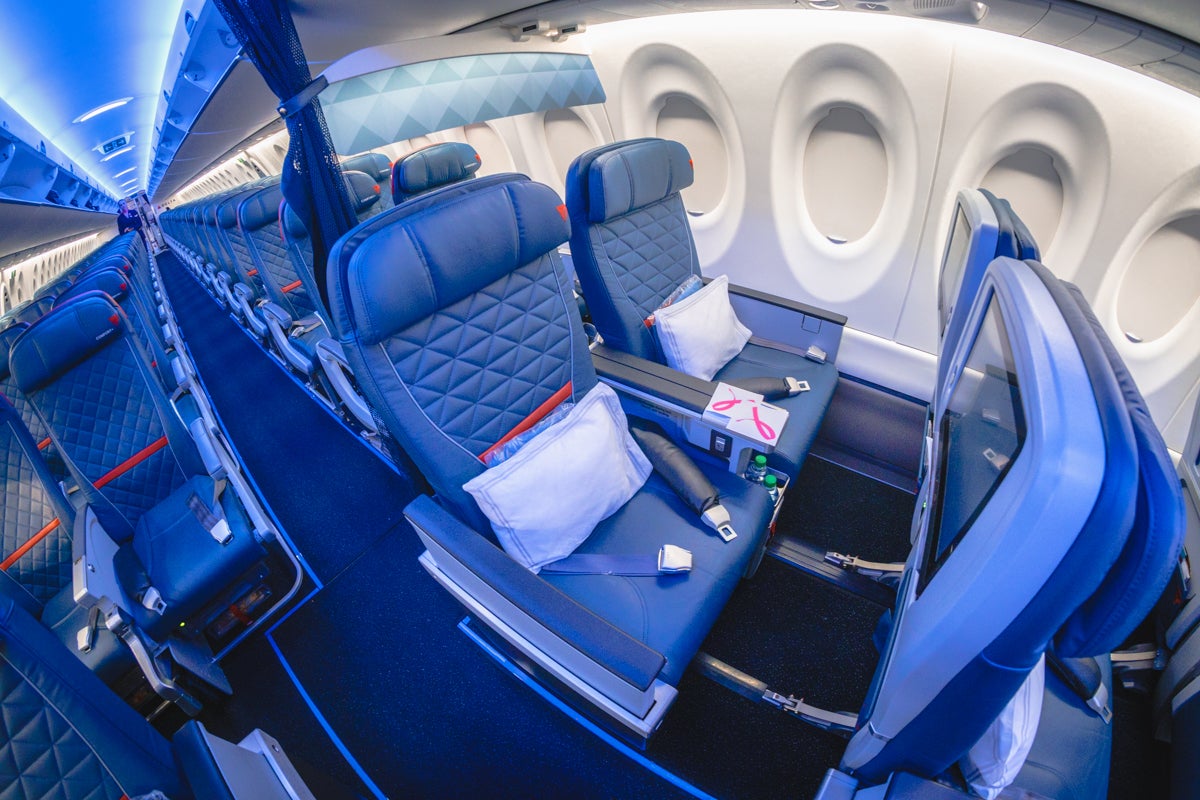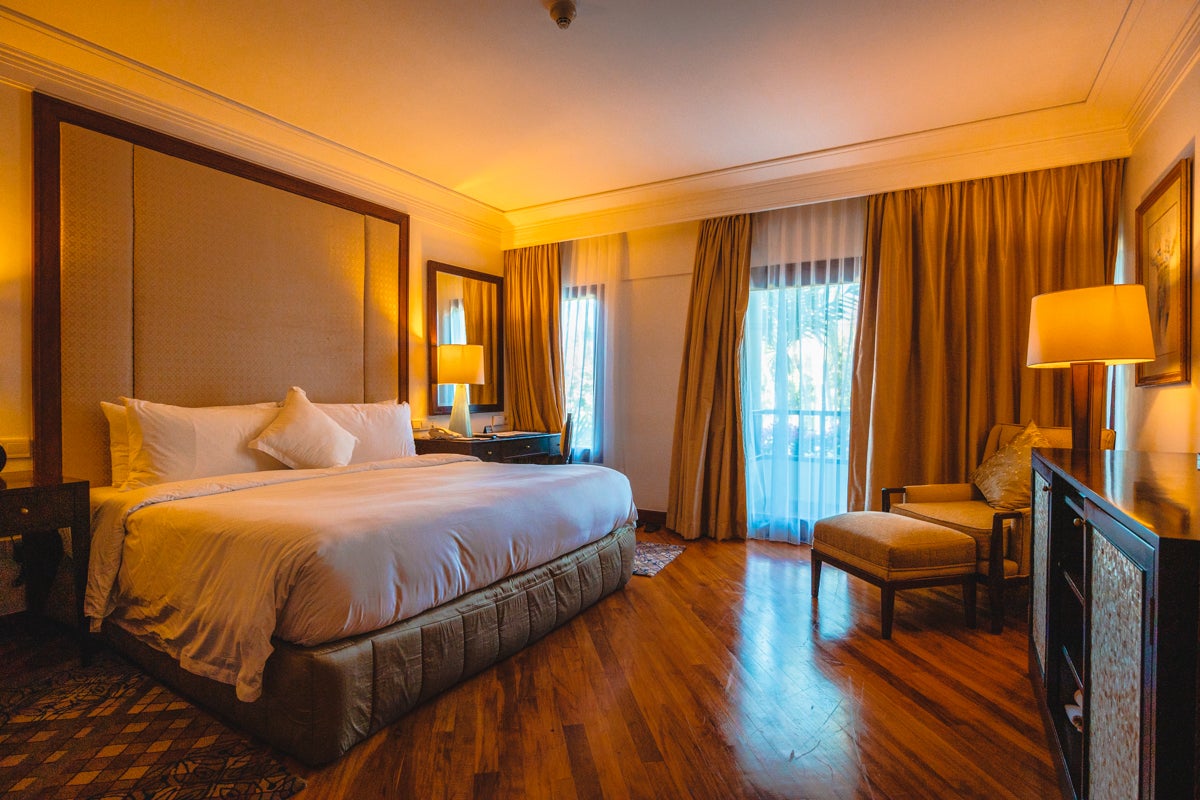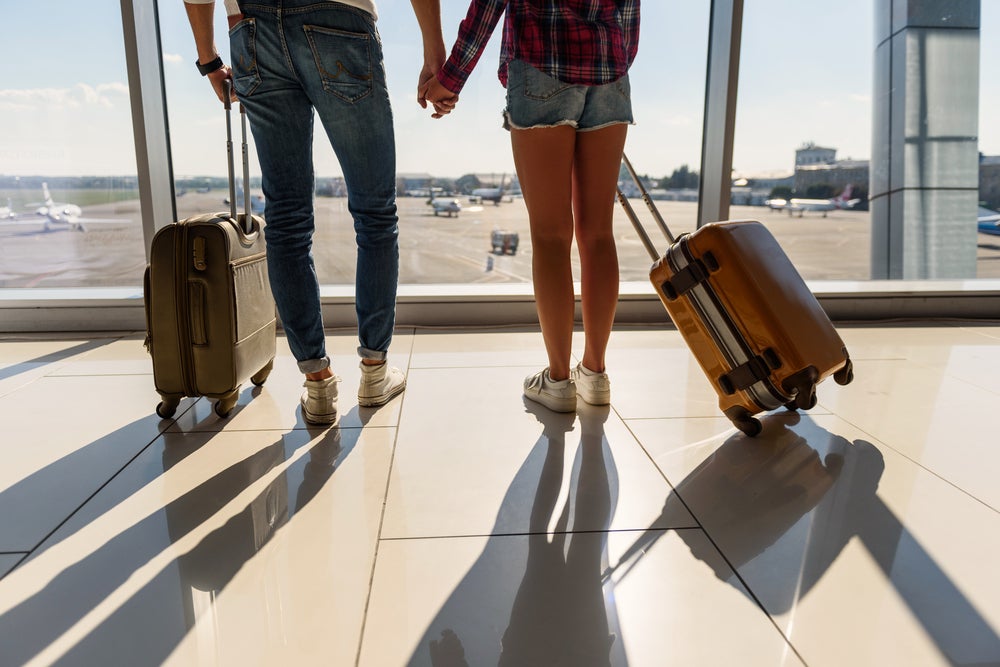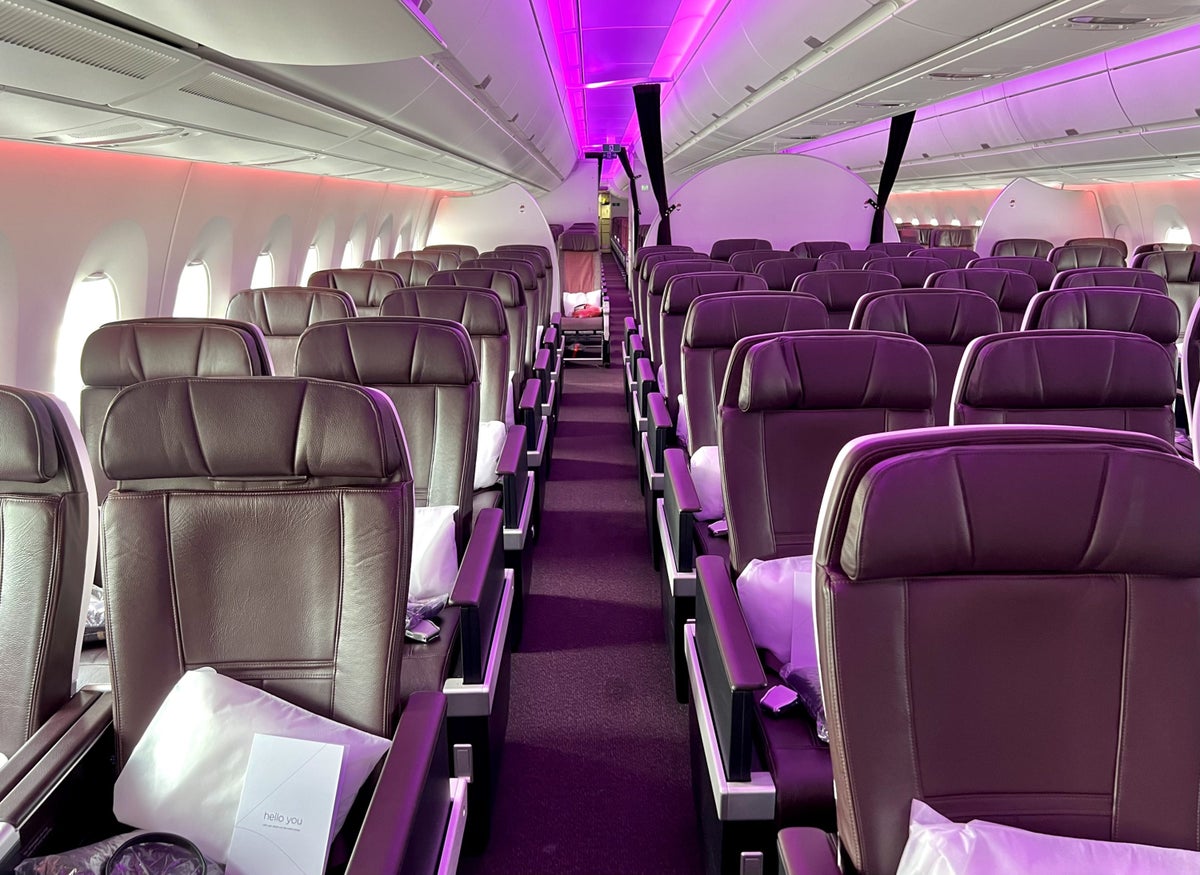Amar Hussain
Senior Content Contributor
772 Published Articles
Countries Visited: 63U.S. States Visited: 9
Amar is an avid traveler and tester of products. He has spent the last 13 years traveling all 7 continents and has put the products to the test on each of them. He has contributed to publications incl...
Edited by: Keri Stooksbury
Keri Stooksbury
Editor-in-Chief
32 Published Articles 3109 Edited Articles
Countries Visited: 45U.S. States Visited: 28
With years of experience in corporate marketing and as the Executive Director of the American Chamber of Commerce in Qatar, Keri is now Editor-in-Chief at UP, overseeing daily content operations and r...
